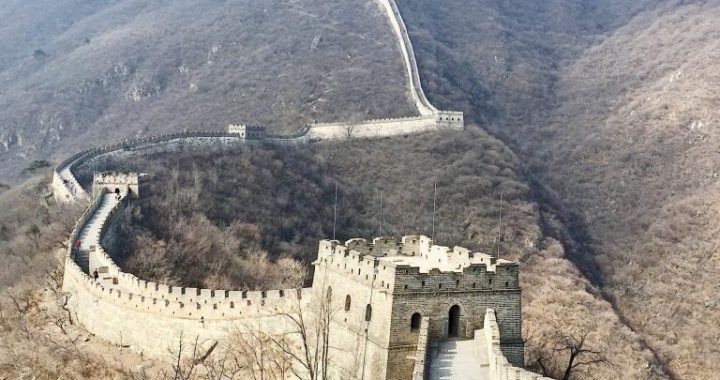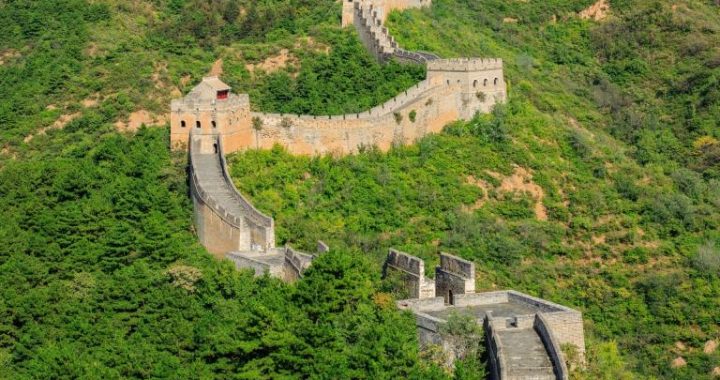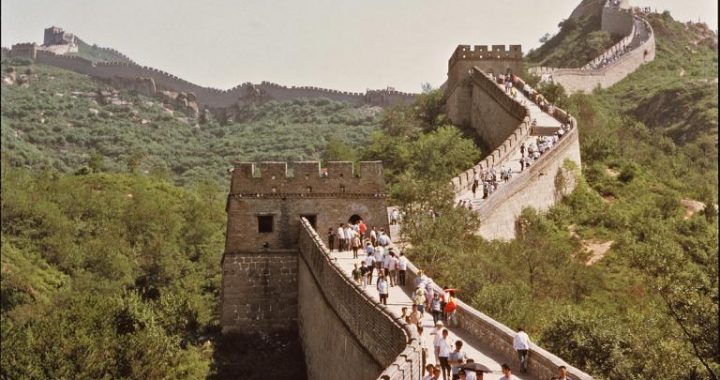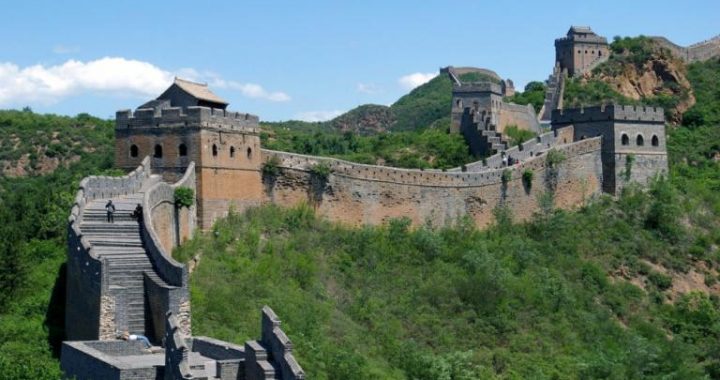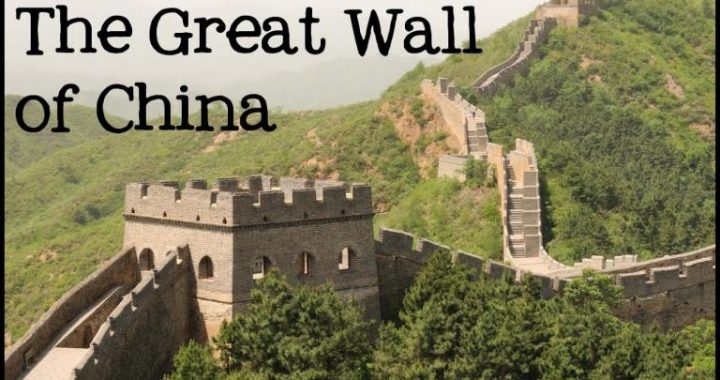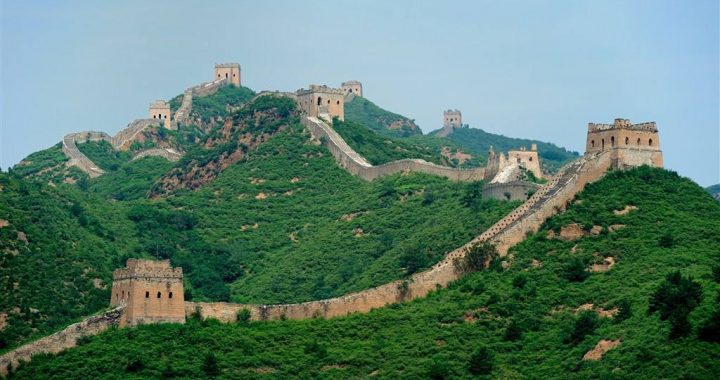The Alarm Signal of Beacon Fire on the Ming Great Wall
4 min readThe signal fire alarm system in the Ming dynasty(1368-1644)was mainly inherited from the ones in the Sui dynasty(581-618)and the Tang dynasty(618-907),which were much more improved than the systems in the Han dynasty(206BC-220AD).
The beacon towers built in the Tang dynasty(618-907)was much higher and larger,usually one in every 15 kilometers.The beacon towers in the form of platforms hanging in the air were invented in the Tang dynasty(618-907).The block of this kind of beacon tower was a circle made from earth,built on the earth platform high above,and on the top of the block there built a round house.On each beacon tower in the Tang dynasty(618-907)there set 4 chimneys and 4 torches.Once discovering the enemies,besides lighting fires,the guarding soldiers also had to report to the fortresses of their prefectures or counties,and this double way of alarming was a pioneering work.The regulation of lighting fire in the Tang dynasty (618-907) were as follows: when the enemies entered the territory were no more than 500 infantry, lightone fire. If it was cavalries more than 500 and less than3,000, light two fires, over 3,000 lighting three, and over 10,000 light four fires. The alarm of one fire stopped at the governments of prefectures or counties, and the alarm oftwo or more fires should be reported to the capital. Thesignal fire had to pass 1,000 kilometers in a day and a night, demonstrating that in the Tang dynasty(618-907) the signal fire alarm system was very tightly organized.

In the Ming dynasty(1368-1644), the signal fire alarm system was even more improved; besides lighting fires and sending smoke, they added firing guns. The decree issued in the 2nd year of Chenghua reign(in 1466) prescribed to”both light fires and fire guns; if the enemies intruded were one or two to several hundreds, light one fire and fire the signal gun once; if the enemies were more than 3,000, light three fires and fire the gun for three times; over 5,000 but less than 10,000, light four fires and fire guns for four times; and over 10,000, light five fires and fire guns for five times.””Fire and signal gun”, just like the signal detonator in the modern times, not only had firelight and smoke, but also large sound. This way not only heightenedthe watchfulness of the soldiers, improved the accurateness of military information passing, but also accelerated the speed of signal passing. On the beacon towers in the Ming dynasty(1368-1644), there were all kinds of artillerypieces, like blunderbuss, the small cannons made of bronze, and also the cannons molded of iron, which were nicknamed as “first general, second general and third general”etc. The Ming dynasty(1368-1644) had a very rigorous regulations to govern the beacon towers. It prescribed that the soldiers that guard on the beacon towers couldn’t leave their posts without permission or they may delay the passing of military information. The beacon towers should be cleaned up in time and store large amount of firewood; soldiers should keep watching day and night by turns, and receiving and passing signals accurately. The ones disobeyed the rules would be court-martialed. The relics un-earthed in the Great Wall include a document of the Ming dynasty(1368-1644), which described the system of alarming and specific regulations of lighting fires and firing signal guns: when the watchtowers and fortresses discovered enemies, if the number of enemies was less than 10, light a fire and fire a signal gun during the day; if the number was more than 20, light two fires and fire two signal guns; if the enemies were more than 100, light three fires and fire three signal guns; if the enemies were morethan 1,000, light fires and fire signal guns continuously.

From the above we could know that the Great Wall and beacon towers in the history played a very important role in military defense. And till today, these historic sites have become the precious cultural heritages.
Till the later Ming dynasty(1368-1644), the alarming system of combining hanging lights, raising flags and firing signal guns gradually took place the system of lighting fires and firing signal guns. They adopted more detailed and tighter prescriptions, enabling the system to inform the direction where the enemies came from with the alarming system of sound and sight. The signals and meaning during the daylight was as follows: one signal gun and green flag means enemies were in the east; two signal guns and redflag means enemies were in the south; three signal guns and white flag means enemies came from the west; four signal guns and black flag means enemies came from the north. Since the flags couldn’t be seen during the night, raising flags were replaced with hanging lights at night.
According to the records, the meaning of hanging lights and firing signal guns were as follows: one light and onesignal gun means enemies were in the east, two lights and two signal guns means enemies came from the south; three lights and three signal guns means enemies were in the west, and four lights and four signal guns means enemies came from the north. The passing speed of this kind of alarming was much faster than the fires and smoke in thepast, which could pass over 3,500 kilometers in a day and night. The Great Wall and the signal fire alarm system were closely combined and formed the military alarming defense system together, playing an important role in the many wars in the ancient time.

